Thoughts from CES: e-shuttles are coming – but when?
A visit to the CES technology trade fair in Las Vegas confirmed an already growing impression: The car of the future is a bubble-like pod vehicle, and most exhibitors also agreed that these small shuttle buses will one day rule the city; and by the by, universal adoption of the electric drive is simply a given.
If you look at the trade fairs of this world through the glasses of electromobility, you might have been a little disappointed during your walk in Las Vegas. Charging stations were encountered only sporadically, for example, at Chargepoint and EVBox. Nobody was showing off with an electric drive. Only at a second glance did it become clear that virtually everything there was electric! Most of the mobility concepts shown at the CES had two things in common – a battery in the vehicle floor and electric traction near the wheel.
The good news is that the electric drive is set to become an everyday commodity – just standard goods. During our talks in Las Vegas, experts agreed that the electric drive is the only sensible drive in cities. Exhibitors at the show, therefore, distinguish their products with the design and function of a vehicles’ digital interior and the size of the displays installed.
The Australian startup AEV Robotics attracted a lot of attention. In Las Vegas, it showed a flexible concept for autonomous electric vehicles on a flat basic construction. This “skateboard” can even be used to mount several superstructures – so-called pods – for taxis or delivery vans, for example. Rinspeed had a similar approach: The Swiss think tank for mobility of the future presented its new study called the microSnap. The minivan for the last mile is also based on a skateboard chassis and can be equipped with various superstructures (pods) for both passenger and goods transport. “The Rinspeed microSnap is a revolutionary mobility system in which the skateboard and pod are separated,” said inventor Frank Rinderknecht in an interview with electrive. He made it clear that the goal of this separation was to maximize the utilisation of the carrier vehicle containing the expensive battery. If the chassis has brought commuters to work during the day, it doesn’t have to stand around pointlessly at night, but can instead distribute goods and make deliveries between logistics hubs and shops, for example. In this way, fleet operators could reduce their costs.
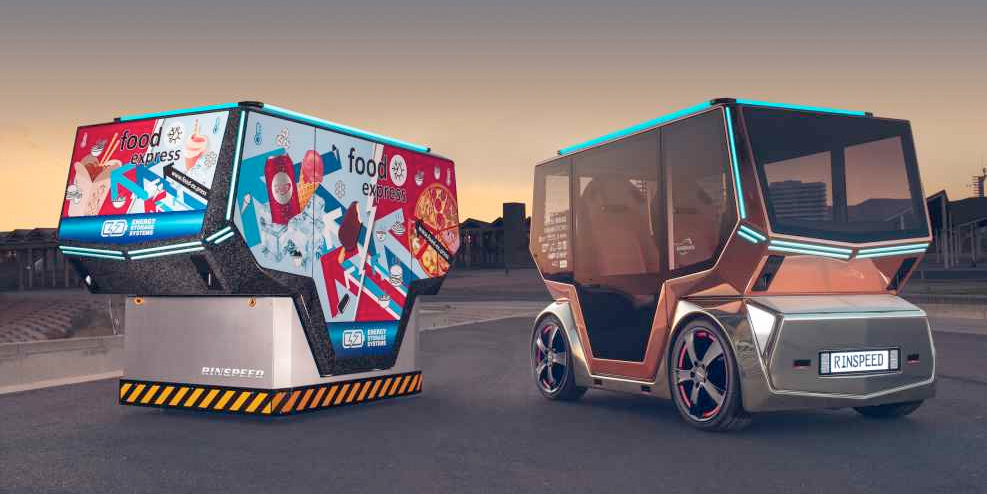
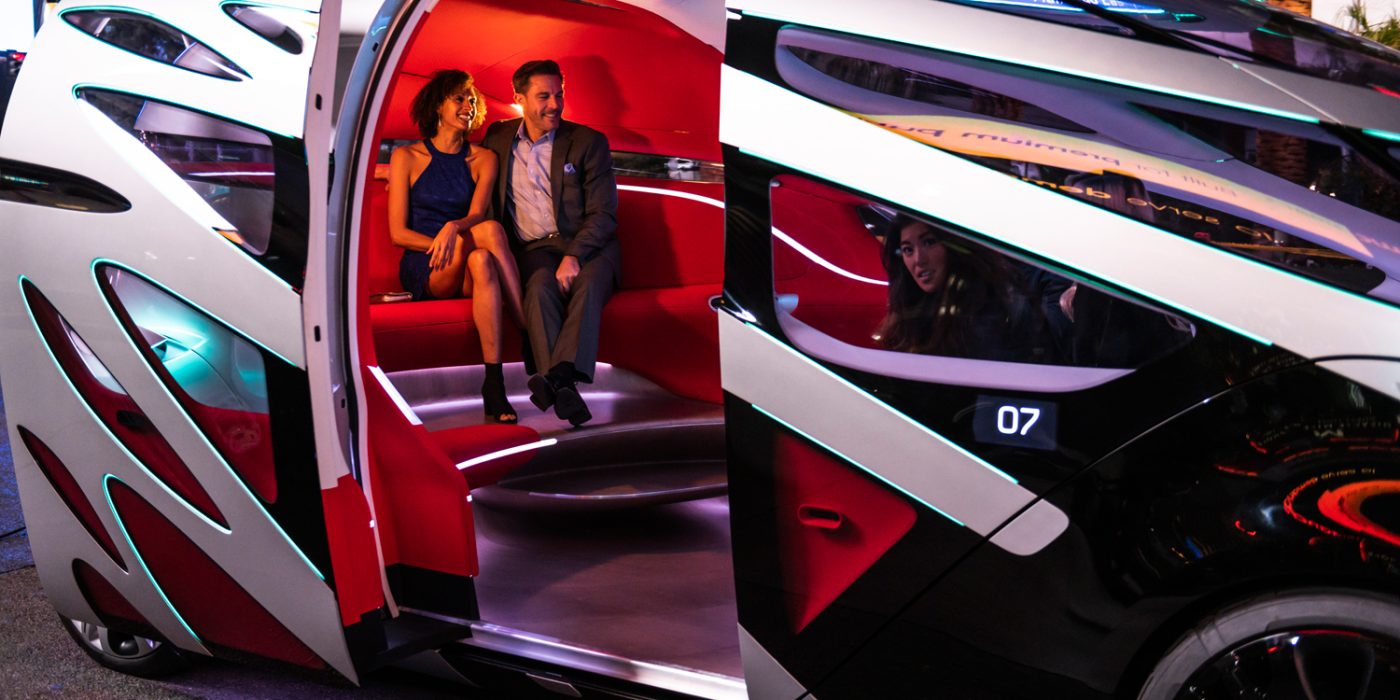

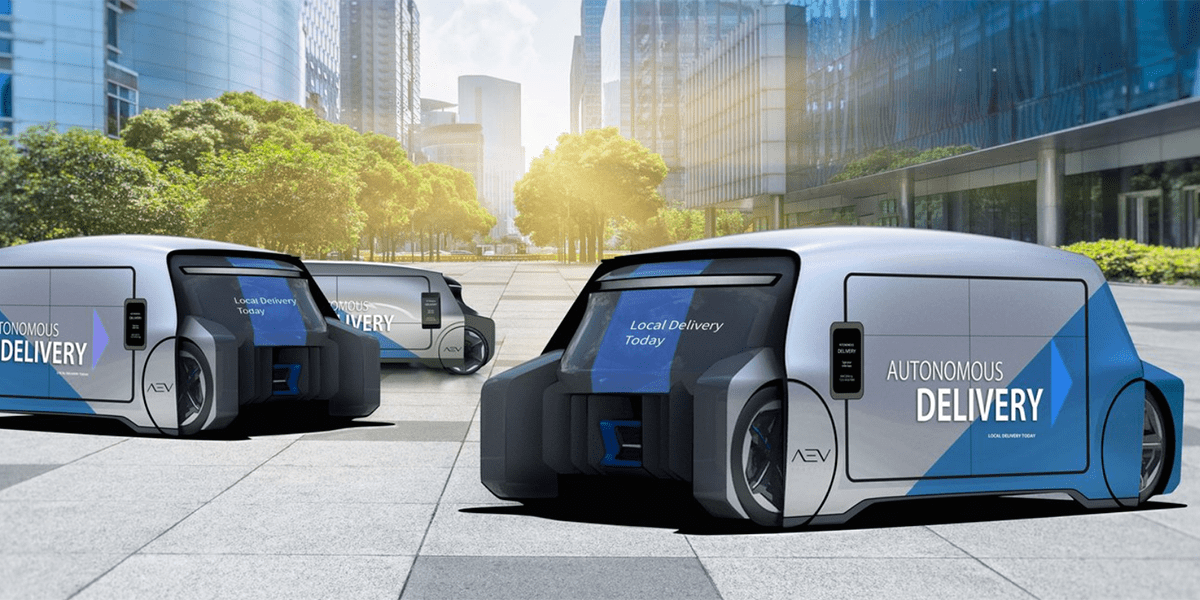
Mercedes-Benz has also taken the same line: the vans division of the Stuttgart-based German manufacturer demonstrated their mobility concept Vision Urbanetic at the CES. This is similarly based on an autonomously moving, electrically operated chassis that can accommodate different exchangeable bodies for passenger or freight transport. In Las Vegas, as Endgadget reported, the idea was demonstrated in practice. Mass transport in small electric robotic buses became a visible trend at the CES in its own right. It is no wonder that the automotive suppliers ZF, Continental and Bosch have also presented corresponding solutions at the electronics trade fair, as this author experienced.
What is still unclear, is how quickly this type of vehicle will assert itself in cities around the world – because there seems to be some consensus among mobility experts that this will happen. “A new generation of means of transportation is approaching that will lead to a new type of individual mobility,” said mobility expert Wolfgang Bernhart of Roland Berger Consulting, reported by Spiegel.de (in German). The MOIA transport solution from Volkswagen is the best example of this, even if it still needs a driver.
After all, the change in mobility behaviour in Las Vegas could also be observed beyond the CES. With the closing of the exhibition halls, the queue of people waiting for a Uber or Lyft driver became longer and longer. This phenomenon could also be observed everywhere in front of hotels and casinos. The idea that five or six people will be boarding an autonomous electric shuttle in the future seems extremely realistic.

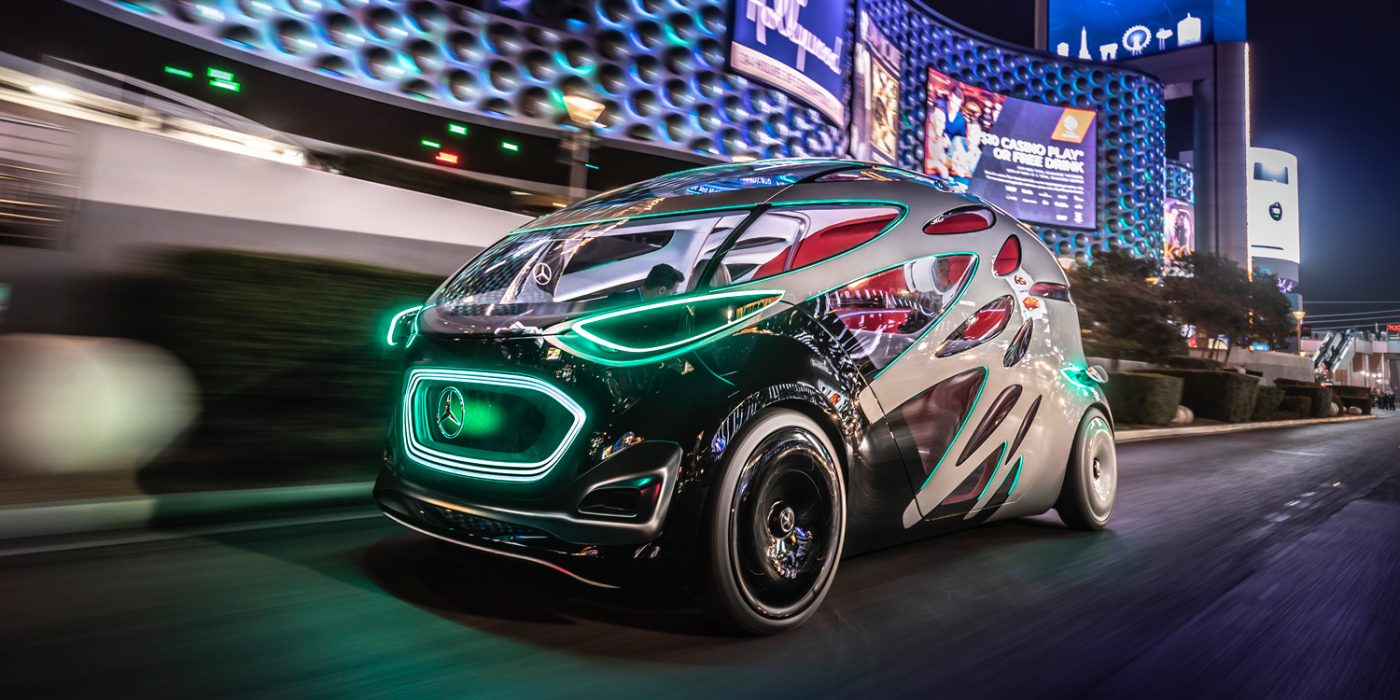
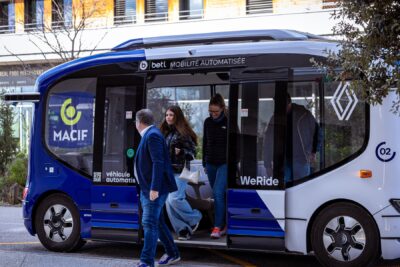
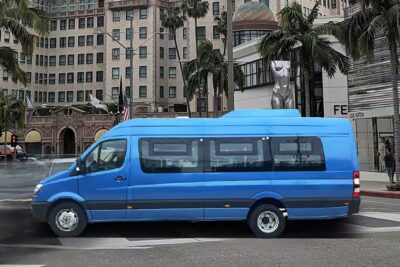
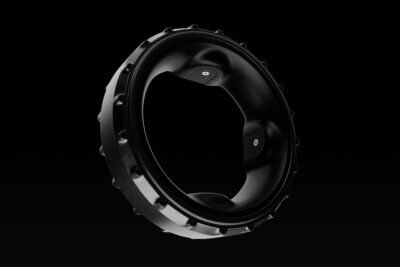
0 Comments